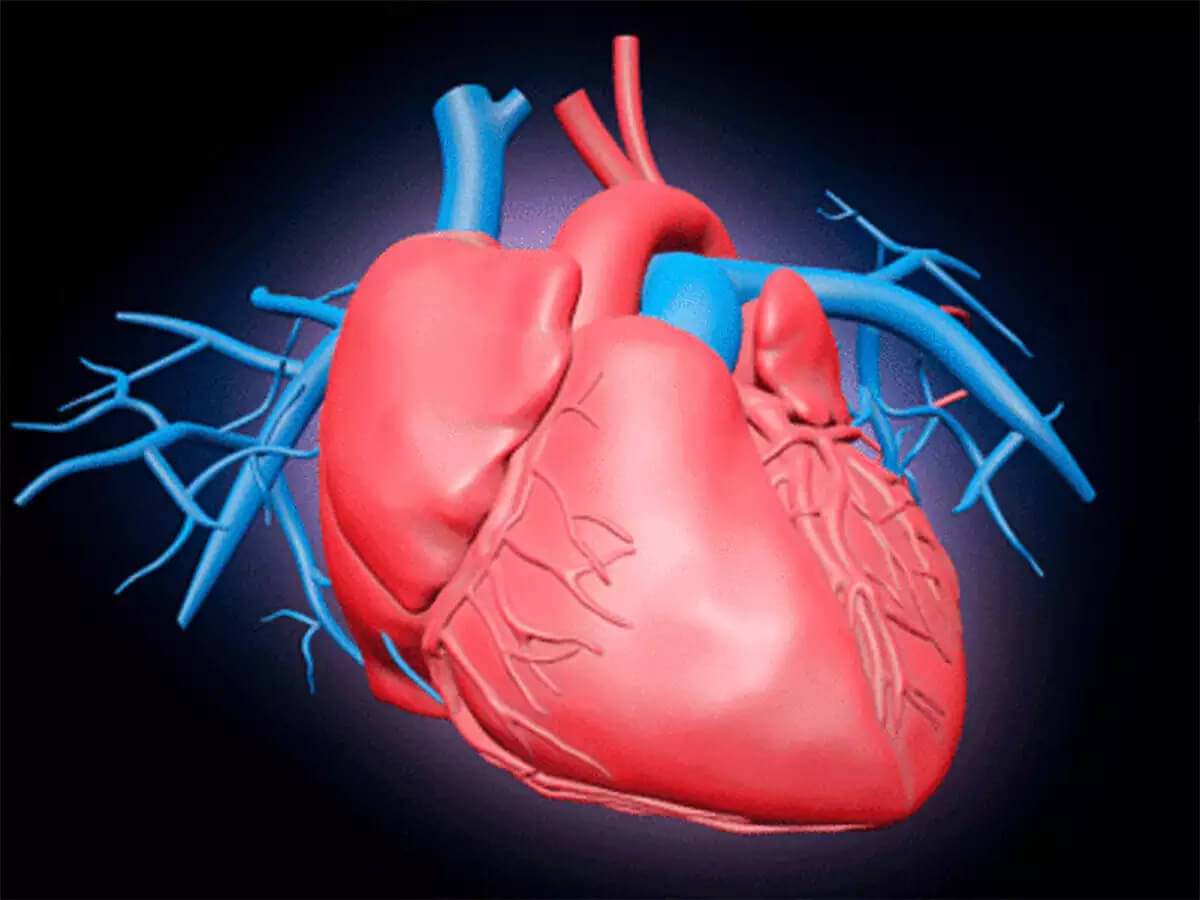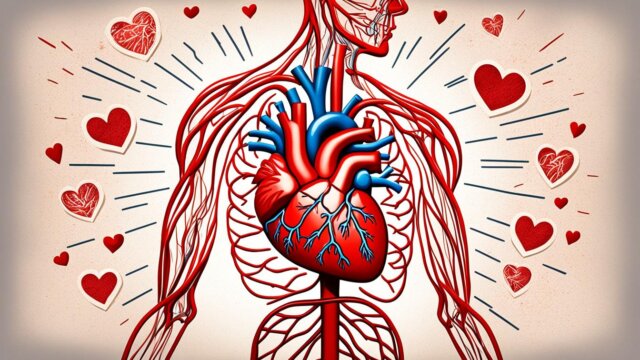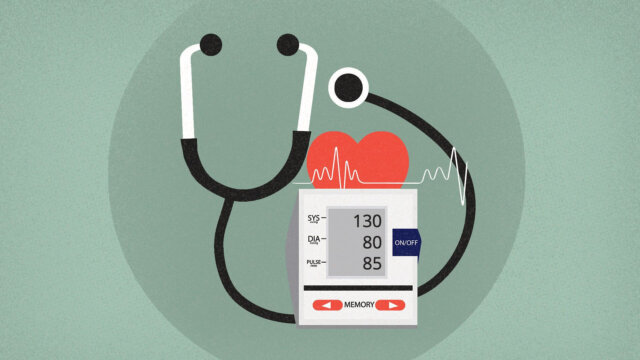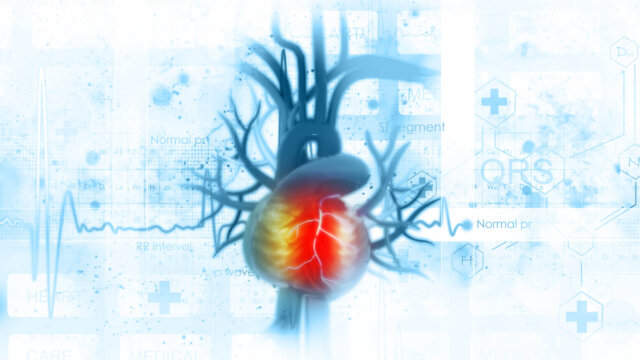FTC disclaimer: This post may contains affiliate links and we will be compensated if you click on a link and make a purchase.
Complete heart block is a life-threatening condition where the heart fails to pump blood adequately. In about one in four cases, the cause is unknown.
The most common symptom is chest pain, which may be severe and unrelenting. A complete heart block can lead to death within minutes if left untreated.
According to research, Complete Heart Block or third-degree heart block is when the cardiac conduction system fails to depolarize the heart’s four chambers.
Making it simple to understand, the heart suffers from delayed heartbeats in the first degree, partial skipping of heartbeats in the second degree, and abnormally low heartbeat rate in the third-degree heart block.
In the case of a complete heart block, there is an immediate need for medical attention; failing may also cause death. Have a detailed understanding of this deadly condition from the following sections.
Complete Heart Block: Role of Cardiac Conduction System
The function of the cardiac conduction system is to maintain the proper functioning of the heart’s four chambers.
The system’s sinoatrial (SA) node produces and conducts electrical impulses through the upper two atrium chambers with the help of the atrioventricular (AV) node, the Bundle of His, bundle branches, and Purkinje fibers.
After that, the atrium impulses enter the lower two ventricle chambers. In each process cycle, the blood is circulated from the heart to the body, and one beat is produced.
Complete heart block is when the atrium impulses fail to enter the ventricles.
It is easy to understand that the fault may lie in the atrioventricular (AV) node, the Bundle of His, bundle branches, or Purkinje fibers.
Now the question is how the heart still beats when the electrical impulses are not carried to the ventricles. It happens due to what is called escape rhythm.
Complete Heart Block: Understanding the Escape Rhythm
Escape rhythm is the phenomenon by which the AV node, the Bundle of His, or the bundle branches generate impulses for their ventricles without the atrium impulses.
However, these impulses are insufficient to carry the task forever and with efficacy. This results in a significantly low measured heart rate, usually termed bradycardia.
Complete Heart Block: Depiction on ECG
The ECG (electrocardiography) setup diagnoses a complete heart block by recording the heart’s activity. Three important outputs recorded on the paper during this test are:
- P Wave: Depiction of atrium conduction
- QRS Wave: Depiction of ventricle conduction
- PR Interval: Time taken from the onset of a P wave to the onset of a QRS wave.
A QRS wave follows every P wave. In the normal functioning of the cardiac conduction system, the ECG should show a constant length of PR interval.
The variable lengths of PR interval refer to the condition of complete heart block. It happens because the P wave and the QRS wave show no more association with each other.
As there is no association between the atrium conduction and ventricle conduction due to the block, these two waves will appear independent of each other.

Complete Heart Block: Symptoms and Concerns
Symptoms of complete heart block are more severe than the heart block of first and second degrees. These include:
- Palpitations
- Chest pain
- Shortness of breath
- Extreme exertion or fatigue
- Fainting or feeling of faintness
- Nausea and vomiting
- Extreme sweating
Complete heart block is a concerning issue as it can lead to severe outcomes. An insufficient blood supply to the brain can occur, which may further lead to many complications.
The patient may feel great difficulty in exercising or doing some physical work. The events like Adams’s Stroke and cardiac arrest may occur, leading to sudden death.
Complete Heart Block: Causes and Treatment
Causes of the condition include:
- Damage to AV node during surgery
- Interior or anterior wall myocardial infarction
- Damage due to heart attack
- Lyme disease
- Rheumatic fever
- Medications like calcium channel blockers and beta-blockers
Complete heart block may also be congenital, caused to the unborn babies by the conditions like lupus in pregnant women.
The first step of the treatment would be to stop the medications that may be causing the condition.
In most cases, a permanent pacemaker is planted in the body to restore the electrical impulses. Some experts also suggest the use of implantable cardioverter-defibrillator for the treatment of complete heart block.
The Bottom Line
Complete Heart Block can be a serious health condition, leading to the heart failing to beat. Treatment is necessary to restore the heart’s rhythm and prevent further damage.
If you experience any of the symptoms of complete heart block, it is crucial to seek medical help right away. With treatment, most people with complete heart block can live long, healthy lives.








